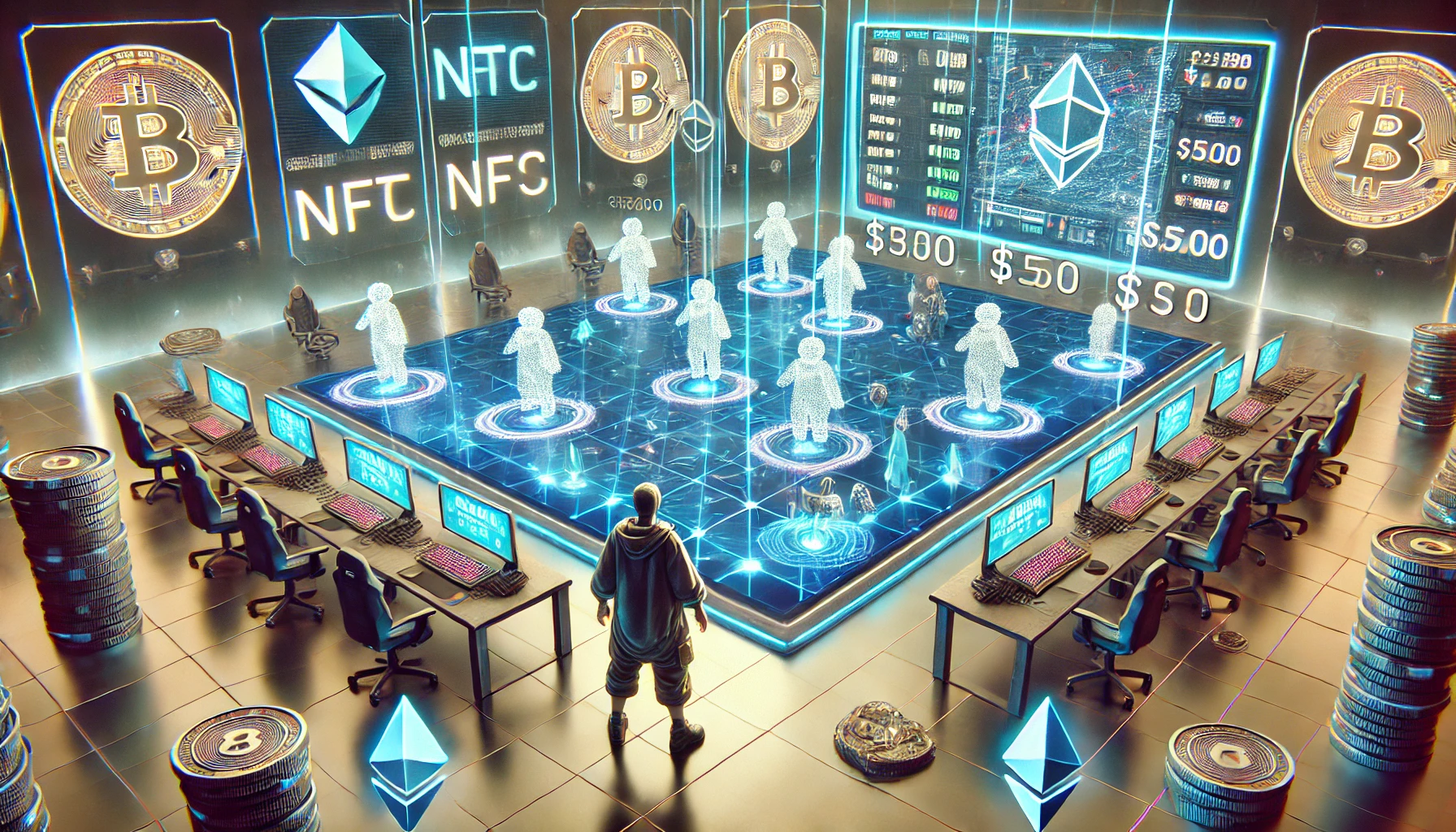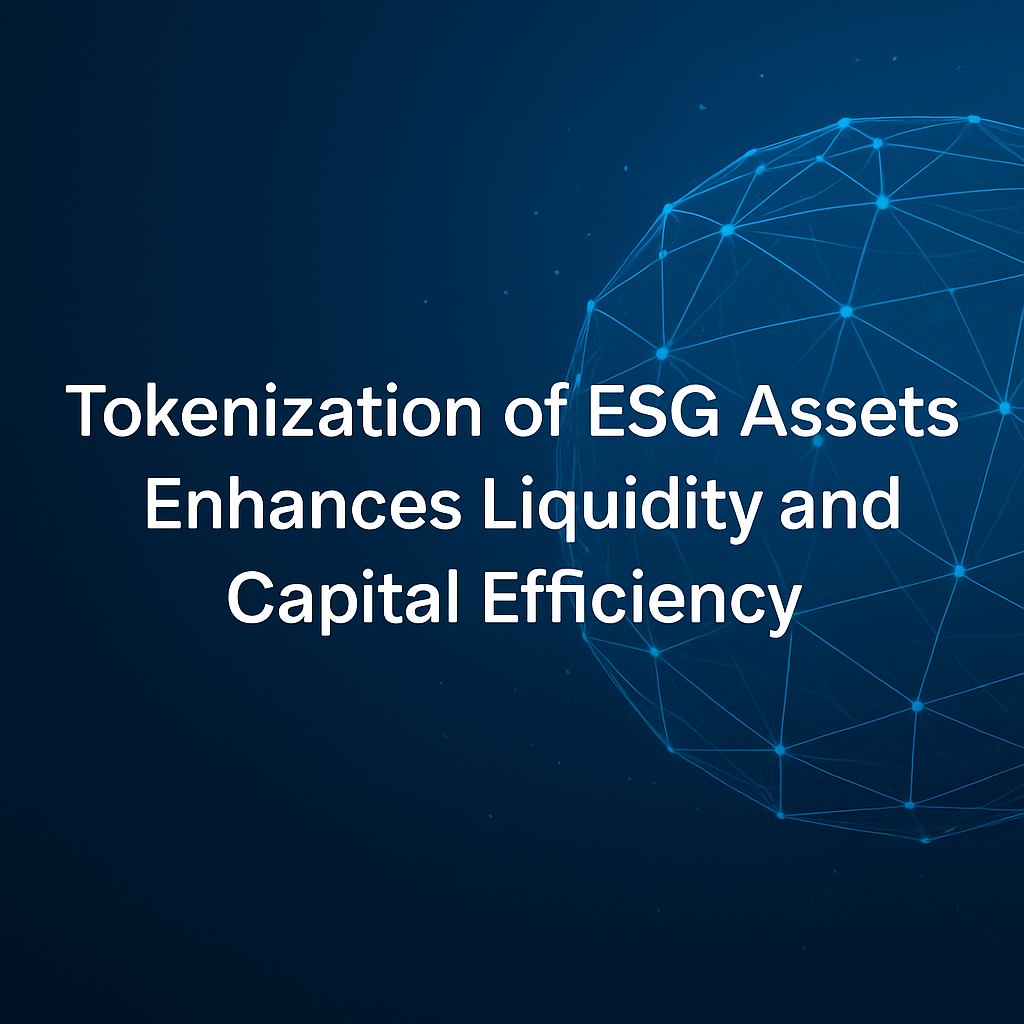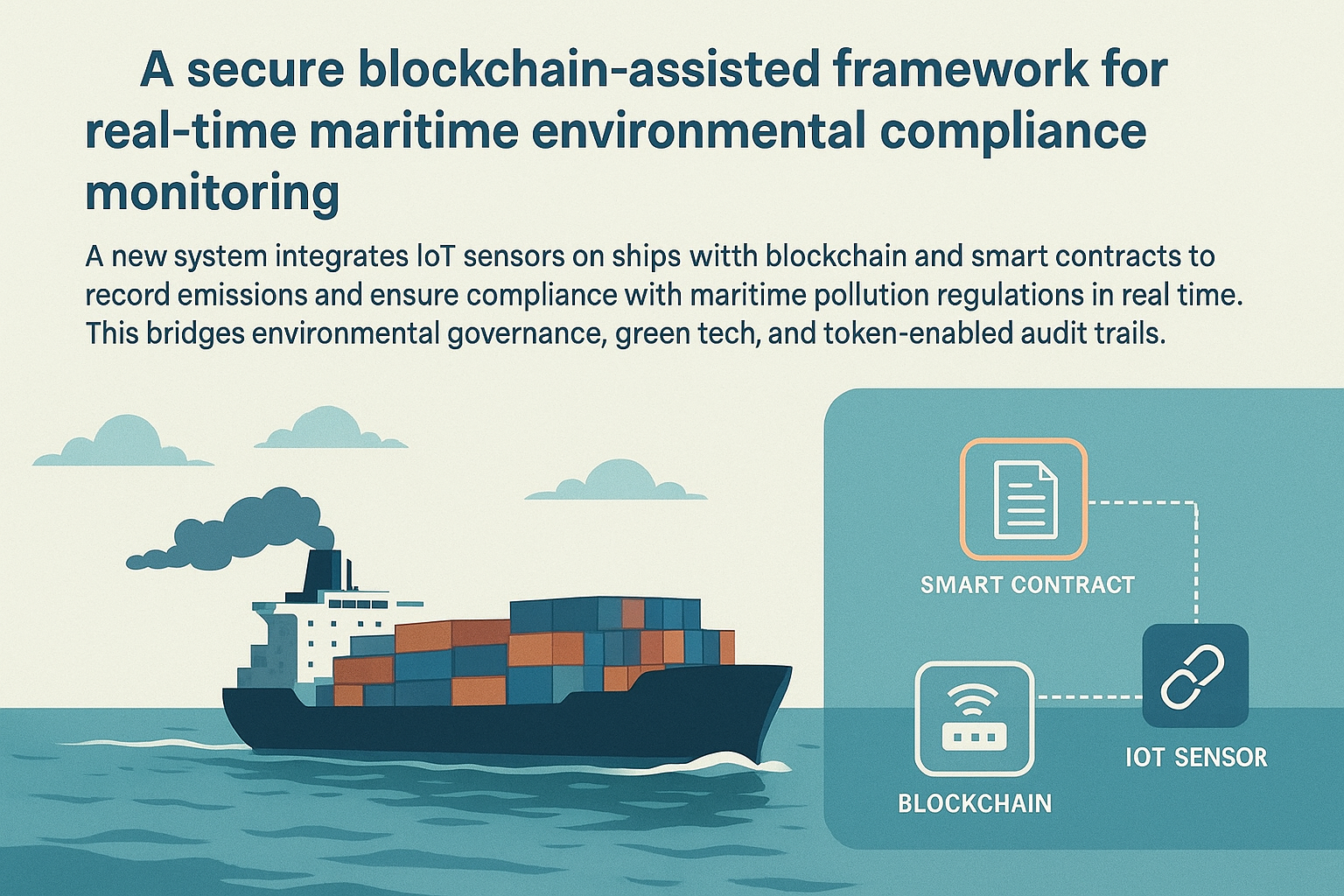In the evolving landscape of blockchain and finance, tokenized real-world assets (RWAs) have emerged as a powerful vehicle for both innovation and impact. These digital representations of physical items—ranging from real estate and fine art to commodities and infrastructure—are driving a new era of sustainable finance by enhancing transparency, liquidity, and accessibility.
According to recent data, over $8 billion is now locked in tokenized RWAs, a figure that has grown rapidly in just the past year. But beyond the headlines and numbers, what truly sets this movement apart is its alignment with sustainability goals and ESG (Environmental, Social, and Governance) frameworks.
What Are Tokenized RWAs?
At their core, tokenized RWAs are blockchain-based tokens that represent ownership or rights to physical assets. These tokens can be traded, fractionally owned, and verified on public or permissioned ledgers. This digitization not only makes these assets more accessible to a global investor base but also improves the efficiency and traceability of transactions.
For instance, instead of investing in an entire property, a user could buy a small percentage via tokenized shares—potentially even using stablecoins or other digital assets. The blockchain provides an immutable record of ownership and movement, minimizing fraud and enhancing trust.
Sustainability Through Transparency
One of the major barriers in sustainable finance has been the opacity of environmental and social impact. Tokenized RWAs offer a solution: traceable, auditable, and programmable financial instruments that can be aligned with ESG metrics. Smart contracts can enforce sustainability compliance or redirect funds if environmental goals are not met.
A solar energy project, for example, could tokenize its infrastructure to raise capital, with each token tied to measurable carbon offset outputs. Investors wouldn’t just gain financial returns—they’d have real-time insight into the ecological performance of their investments.
Unlocking Liquidity in Illiquid Markets
Traditional sustainable investment sectors like green infrastructure or conservation projects have often struggled with illiquidity. Tokenization changes that. By converting large-scale or slow-moving physical assets into fractional digital tokens, liquidity is unlocked. These tokens can be traded on secondary markets, allowing investors to enter and exit positions with greater ease.
Furthermore, this liquidity encourages broader participation. Retail investors, who were once locked out of large-scale sustainability projects due to high capital requirements, can now invest in fractional amounts—creating a democratized and inclusive financial ecosystem.
Regulatory Momentum and Institutional Entry
Governments and regulators are taking notice. Pilot programs in Europe and Asia are exploring how tokenized green bonds and ESG-linked RWAs can be integrated into public finance. Financial giants like BlackRock and Fidelity have also begun experimenting with tokenized assets in ESG portfolios.
This legitimization is critical for scale. As more frameworks and guidelines develop, tokenized RWAs could become a mainstream component of global sustainability funding.
Challenges Ahead
Of course, challenges remain. Legal ownership rights, standardization, custodianship, and cross-border regulation are still evolving. The ESG space itself suffers from inconsistent metrics and greenwashing concerns. However, blockchain technology—especially when combined with on-chain verification tools and AI analytics—has the potential to solve many of these issues.
From Buzzword to Backbone
Tokenized real-world assets are no longer a niche experiment; they are rapidly becoming the backbone of a transparent, inclusive, and sustainable financial future. As the industry moves from hype to infrastructure, the impact of this shift will be felt not only in markets but across communities and ecosystems worldwide.
The fusion of blockchain and sustainability isn’t just an innovation—it’s a necessity. And with $8 billion already committed to tokenized RWAs, the momentum is clear: the future of sustainable finance is on-chain.




